Stage 3 Clutch – What It Is and When You Need One
If you’ve ever felt the clutch pedal grind or noticed sluggish shifts, you’ve probably wondered whether a better clutch could help. A Stage 3 clutch is a performance‑focused upgrade that sits between a stock clutch and a full race‑spec unit. It’s built to handle more power, quicker launches, and aggressive driving without the harshness of a race‑only kit.
Why Choose a Stage 3 Clutch?
First off, a Stage 3 clutch uses a stronger pressure plate, a higher‑friction disc, and upgraded springs. The result is a clutch that bites harder and resists slipping when you rev high or pull hard off the line. If you’ve added power mods—like a cold air intake, ECU tune, or bigger camshaft—a stock clutch will start to slip. The Stage 3 kit fills that gap without making the pedal feel too stiff for daily driving.
Second, the heat tolerance is much better. A stock clutch can overheat after a few hard launches, leading to glazing or a burnt smell. Stage 3 materials handle the extra heat, so you get consistent performance whether you’re on a track day or just doing a quick overtaking maneuver on the motorway.
Finally, the cost‑to‑benefit ratio is appealing. You’re paying more than a basic upgrade but far less than a full race clutch. For most enthusiasts who want solid performance and reliability, Stage 3 hits the sweet spot.
Installing and Maintaining Your Stage 3 Clutch
Installation isn’t rocket science, but it does need a clean work area and basic hand tools. Start by disconnecting the battery, removing the transmission, and taking out the old clutch assembly. Make sure the flywheel is in good shape—any warping or cracks will ruin the new kit. Most Stage 3 kits come with a new flywheel; if yours is still good, you can reuse it.
When you bolt the new pressure plate and disc in, use a torque wrench and follow the manufacturer’s sequence. This ensures even clamping force and prevents early wear. After everything’s back together, bleed the clutch hydraulic system (if you have one) and test the pedal travel. You should feel a firmer bite without the pedal being rock‑hard.
Maintenance is simple: keep the clutch fluid clean, avoid riding the clutch, and check for any signs of slipping—like a sudden loss of power during hard acceleration. If you hear a burning smell, let the car cool before driving further and inspect the disc for glazing.
So, should you go for a Stage 3 clutch? If you’re pulling more than 300 hp from the engine, do regular track days, or just hate the feeling of a slipping clutch, it’s a solid investment. It gives you stronger engagement, better heat resistance, and a reasonable price point—perfect for street‑legal performance.
Remember, a clutch is only as good as its installation. If you’re not comfortable removing the transmission yourself, a professional mechanic can fit the kit in a few hours, saving you time and potential headaches.
Bottom line: a Stage 3 clutch upgrades the feel and durability of your drivetrain without turning your daily driver into a race car. It’s the middle ground that lets you enjoy more power while keeping the car street‑friendly. Ready to feel the difference? Check your local auto centre or a trusted specialist for the right kit and get your car shifting like it should.
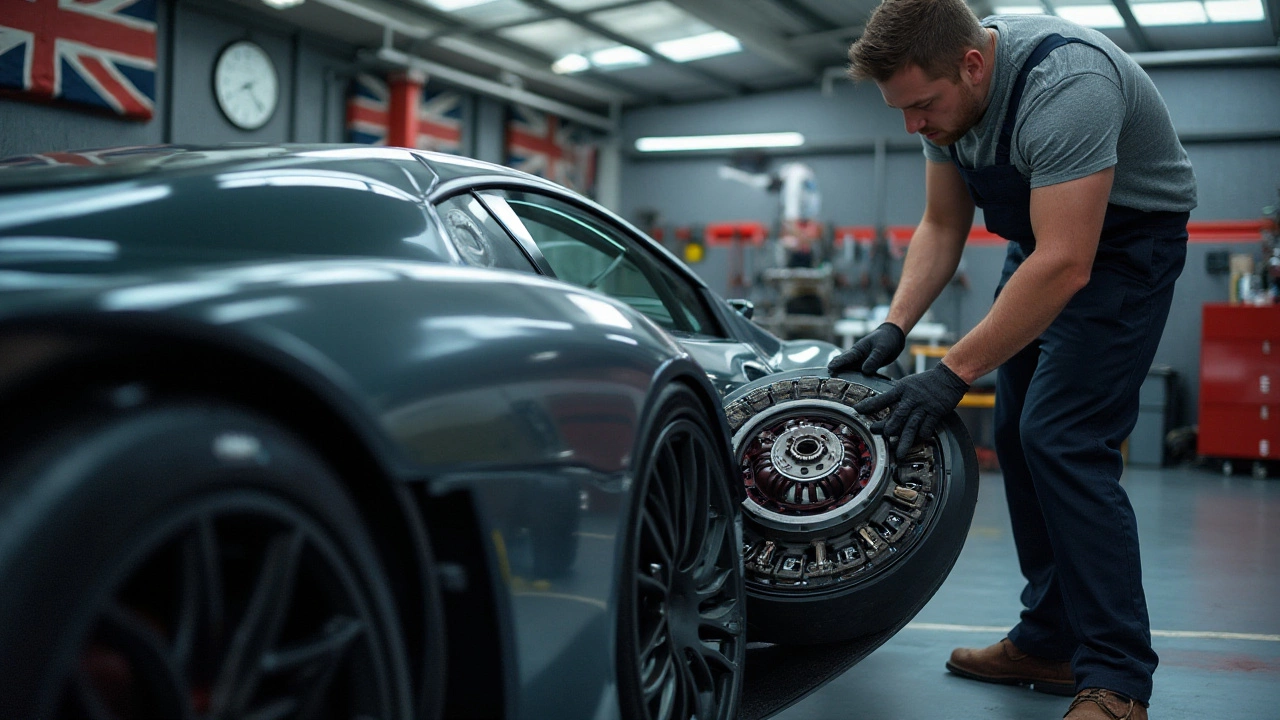 3 February 2025
3 February 2025
Daily Driving with a Stage 3 Clutch: Is it Feasible?
Stage 3 clutches are known for their performance benefits, especially for high-powered vehicles, but how practical are they for everyday driving? We'll explore the balance between performance and comfort, discuss real-life user experiences, and give tips about what to expect when modifying your car with a stage 3 clutch. This guide will help you decide if upgrading your clutch is the right choice for your daily commute.
Latest Posts
-

Bad Strut Sounds: What's That Noise Under Your Car?
-
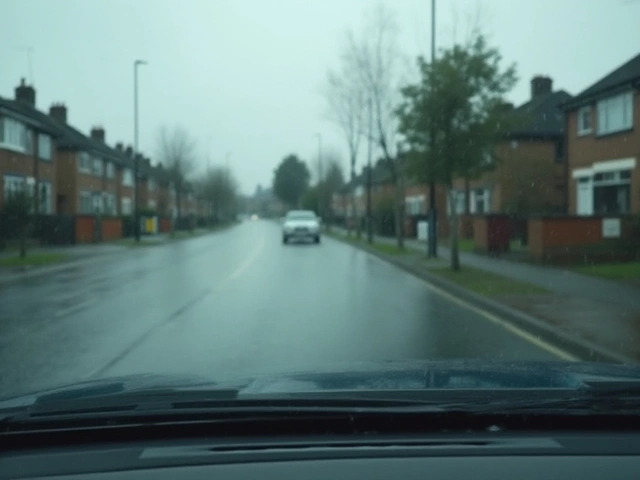
How to Use Windscreen Wipers Like a Pro: Tips for Clear Visibility
-
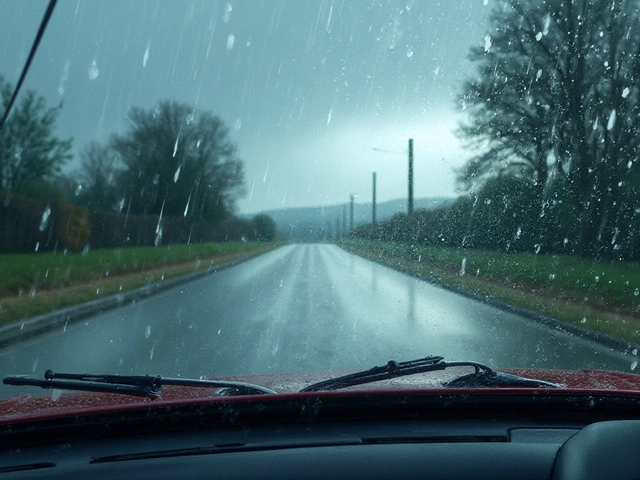
Choosing the Best Windshield Wipers for Your Car
-
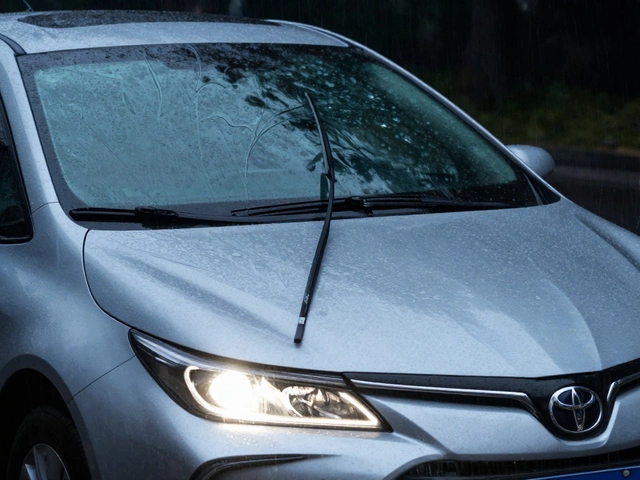
Do Wiper Blades Need to Be Exact Size? What Really Matters for Clear Vision
-
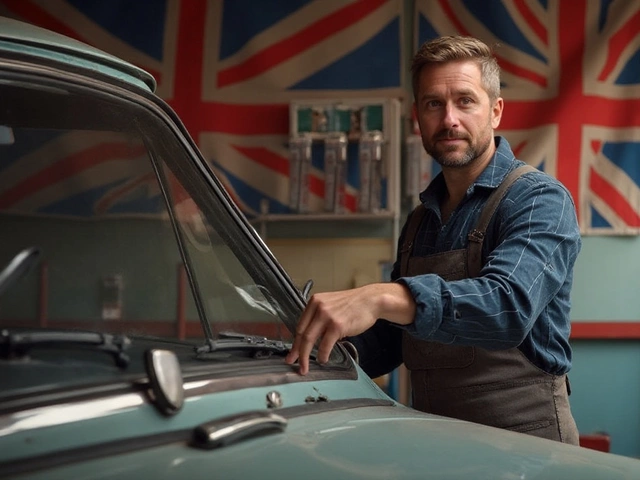
Do Windshield Wipers Fit All Cars? A Comprehensive Guide

0